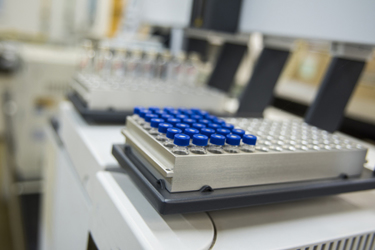The Changing Landscape Of Oncology Drug Development: Bringing Novel Lifesaving Therapies To Patients

The pharmaceutical oncology landscape looks very different today than it did just a decade ago. As the fastest-growing, most active sector of drug development, oncology has benefited from breakthroughs in science and technology that have advanced researchers’ understanding of the biology, immunology, and genetics of cancer.
This growing body of knowledge has led to the development of new therapeutic strategies that increase treatment options and improve outcomes for patients. Many patient populations that previously were treated with nonselective chemotherapies are now receiving targeted agents and cancer immunotherapies that are tailored to the molecular and clinical features of their disease.
In addition to widening the oncology playing field, this shift toward precision medicine has intensified the competition. The past decade has seen 169 launches of novel active substances in oncology, including new immunotherapies, next-generation biotherapeutics, and treatments for rare cancers.1 In 2021, there were nearly 7,000 anticancer drugs in the R&D pipeline, representing a 7% increase over 2020 and outpacing the overall rate of pipeline growth.2 And almost all of this pipeline is geared toward precision oncology, including therapies such as small molecule angiogenesis inhibitors, immune checkpoint modulators, T cell– engaging antibodies, antibody–drug conjugates, and chimeric antigen receptor (CAR-T) therapies, among others.
From a manufacturing perspective, the implications are significant. Matching drug products to clinical and commercial needs for such a robust pipeline is inherently challenging and doing so in the shadow of a global pandemic increases the complexity by an order of magnitude.
Above and beyond these considerations, targeted cancer therapies are more complex than conventional chemotherapies, making their formulation more challenging, and many are highly potent compounds that require specialized facilities, equipment, and handling. Similarly, biologics must be handled, stored, and shipped at low temperatures to ensure the physical integrity of the doses and cell-based immunotherapies have unique logistical obstacles.
Coupled with quickly evolving standards of care across cancer types, accelerated approval pathways, lower production volumes, shorter product lifecycles, and a crowded development field, these considerations add multiple layers of intricacy to an already complex development model.
Get unlimited access to:
Enter your credentials below to log in. Not yet a member of Clinical Leader? Subscribe today.
